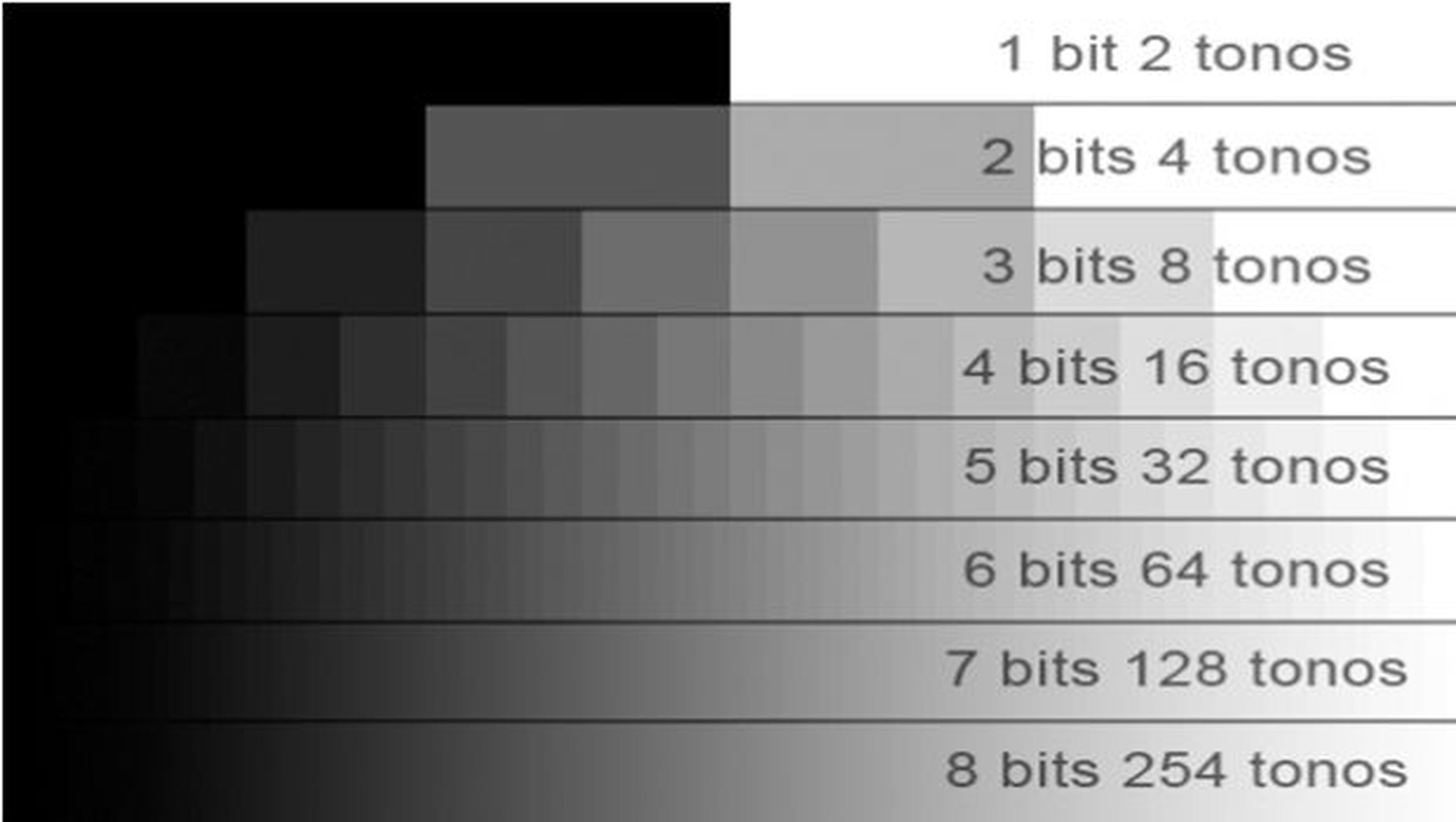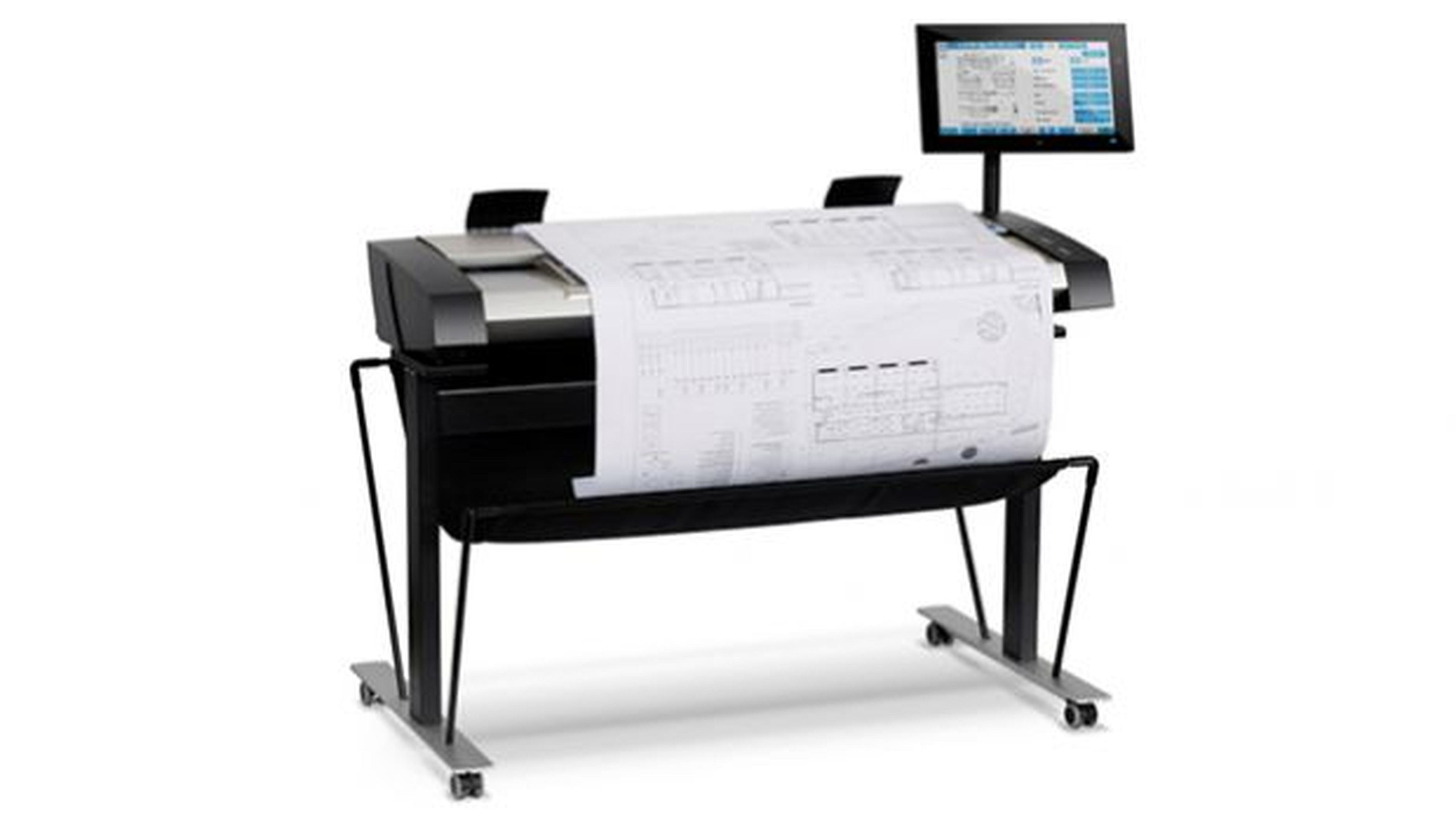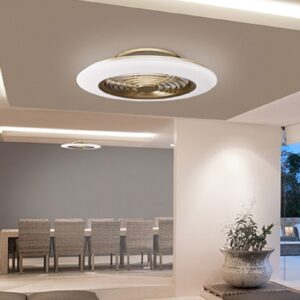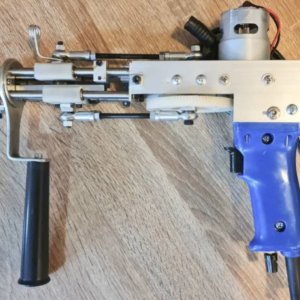[ad_1]
In a time of transition to digital like the one we are living in, in which most of the documents we use in our daily lives are digital, but some paper documents and invoices still persist, the scanner takes on basic importance since it is he device that allows the transformation of a physical document into a digital document.
The scanner is also essential in other areas beyond office automation or document management. Digitization allows applying subsequent treatments to the new files that are created.
For example, you can scan negatives of your photos to create new copies of old photosapplying digital touch-ups with photo editors.
This is why, before deciding which scanner to buy, you should think about the use you are going to make of it, since the same quality and features are not required in a scanner for photographs, as in one to digitize documents.
Next, we are going to review some fundamental characteristics that must be taken into account when choosing which scanner to buy.
scanner types
There are basically three types of scanners: flatbed, manual and document feeder scanners.
The main difference between them is the way of scanning the document.
The flatbed scanners They are the most common and their operation is like that of a photocopier (which is basically also a scanner).
To use it, all you have to do is place the document to be scanned on a glass surface under which the lamp that collects the document information moves. This system includes both photographic scanners, as well as for offices or homes.

This type of flatbed scanner is the most common in multifunction equipment or desktop.
A more professional variant of flatbed scanners is the self powered scanner either scanner with document feeder. These types of devices use a scanning system similar to that of flatbed scanners, except that the process of input, scanning and output of the document is carried out in a fully automated way.
This automation of the process makes scanning a large number of documents effortless as the user simply places the digital documents in the input tray and returns to empty the output tray once all the documents have been scanned.

This type of scanner is less common in the domestic environment and is usually used by companies dedicated to digitizing documents and, on the other hand, usually only allows the black and white document scanning and with worse image quality than flatbed scanners.
The last type of scanner belongs to the handheld and portable scanners.
As their name indicates, these devices lack any support or anchorage with respect to the document that is going to be scanned, so the user will have to move the scanner across the surface of the document. This makes them a very versatile and portable tool. An example of this type of scanners are those that allow you to scan business cards, texts line by line or the scanner-mouse that we show you in the following video.
Sensor
Once you are clear about the use that you are going to make of the scanner, it is necessary to delve a little into that amalgam of numbers, acronyms and data that fill the product specification sheets.
The scanner is still an optical instrument that, like photography, uses light to capture a real object. This light is captured and taken to a photosensitive sensor that converts the different levels of brightness into electronic signals that finally form a digital image identical to the real one.
The quality of the sensor will be decisive to obtain a digital image as close as possible to the real image.
Currently, the presence of two types of sensors for scanners predominates: CCD sensors (Charge-Coupled Device) and CIS sensors (Contact Image Sensor).
The CCD sensors are based on a xenon lamp that emits a beam of light directly towards the paper, the light bounces and is redirected through a mirror through a series of lenses towards the CCD sensor that collects the image and processes it.

In the case of CIS sensors, instead of redirecting the bounce of the light beam to a single sensor, a row of sensors are arranged accompanied by light diodes, which travel across the scanning surface directly capturing the bounced light, without the need for of no lens or mirror.
Among home scanners, the most common sensor is the CIS, for offering a good balance between the cost of manufacture and the quality of images it obtains. In addition, the devices that use this type of sensor can be smaller since they do not need to integrate any type of lens.
Instead, the CCD sensor is the absolute king in photo and professional scanners or in which a very good quality is required, since it allows capturing a greater amount of optical information than that of CIS sensors.
Best multifunction devices for less than €100
Resolution
Optical resolution is one of the decisive aspects in the buy a scanner since, the higher the resolution, the better quality of the image obtained and the more faithful it will be to reality.
The maximum resolution of a scanner it is displayed in the form of two values: the optical resolution and the mechanical resolution.
The optical resolution or horizontal resolution is the one that indicates the amount of horizontal information that the sensor collects in each scan line, while the mechanical or vertical resolution is the one that indicates the number of steps that the reproduction module has to advance to complete the image vertically.
Office Lens, Microsoft’s scanner for iOS and Android
From this data, the resolution measurements that you will find in the specifications are extracted. For example, when you find that a manufacturer tells you that their device has a resolution of 600 x 1,200 dpi, it means that each horizontal line has a resolution of 600 dpi, and it will need 1,200 movements per inch to complete the vertical scan.
This data is shown by the number of dots per inch (dpi or its acronym in English) that the device is capable of capturing.
The number of dots per inch is a quantification of the total number of dots that the sensor is capable of detecting. Hence the higher the number of dots per inch the scanned image has, the better definition and quality it will be.

There are two technologies for determining resolution: optical and interpolated.
The optical resolution, or real, is the one that shows the number of points of an image captured by the sensor.
Instead, to achieve the interpolated resolution of a scanner software is used that artificially creates points that have not really been captured.
Every time the image is enlarged by interpolation, the number of points generated (invented by the software) is greater, the image loses real information about its composition and, consequently, the quality decreases. Have you tried to make a photocopy of a photocopy that in turn has been photocopied? Well, the result is the same. Absolute loss of quality.
Unfortunately, many manufacturers use the resolution as a claim for their products, so when it comes to choose which scanner to buyyou have to make sure that the resolution they indicate is optical (or real) and not interpolated.
App Google Drive is updated with new design and scanner
depth of colors
Color depth is the value that indicates the scanner’s ability to process the range of color and contrast in an image.
The greater the number of bits, the more level of gradient of the same color can be detected by the scanner and, therefore, greater precision in the details, which allows the full chromatic range of the original to be captured in the digitization.
The The most common color depth in scanners is 24-bitalthough there are devices that work with a color depth of 32 bits and 48 bits.
This factor is of great importance for functions intended for the professional environment of graphic design, where gradients and color accuracy are essential.

Speed
The scanning speed may seem trivial to the home user who is going to scan a photo or document. But it is very important for the professional environment where hundreds of photos or thousands of documents have to be scanned.
This speed is based on the document format and resolution being used. It is important to consider that sometimes it is better for the scanner to take a few more seconds, if the resulting qualities are considerably higher.
Some scanners allow you to scan both sides of a document in a single pass. Something that should also be taken into account if what you are looking for is productivity when scanning documents.
Fujitsu presents ScanSnap iX100, its mobile scanner
Noise
Like speed, the noise level the scanner emits while you work may not be important when scanning documents at home or on an occasional basis.
But scanners tend to be noisy and when you have to work all day in an office with people around you, having a low sound level is very important for the well-being of those around you.
Supported Document Sizes
As with printers, the size of the scanner defines the size of the documents it can process.
The most common size is the A4 format, the usual folio, but if you are going to need to scan different sizes of documents it is important to make sure that you can do it, since there are scanners of different sizes to cover all scanning needs.

Transparency Adapter
The document format takes us directly to another of the Things to consider when buying a scanner: the accessories for scanning negatives or transparency adapters.
These accessories allow you to convert photographic film negatives or slides into color images, allowing you to scan old photo negatives to obtain new copies in digital format.
This accessory will be especially important if your intention is use the scanner for photographic purposesalthough there are scanners specially designed for this purpose.

Connection
Although the type of connection chosen by the vast majority of scanners on the market is USB, there are some portable models that allow you to communicate with your computer wirelessly via Wi-Fi.
Others, more oriented towards the business environment, also allow you to connect to it through a local network, so that you can send the scanned documents to any computer on the network.
Native software and text recognition programs
Last but not least is the software that includes the scanner.
Although it is true that there are many programs that allow you to control the digitization of documents thanks to the TWAIN scan communication standardsome manufacturers offer specific solutions that facilitate their use.
An example may be the one-click scan functions in which, after insert a document into the scannersimply press a certain button on the scanner to create a scanned version of the PDF document in a certain location on your computer.
Additionally, many scanners include text recognition programs (OCR), which allows each letter and word of the scanned document to be identified, to create a document that you can edit and modify as if you had created it with a text editor on your computer.
[ad_2]





